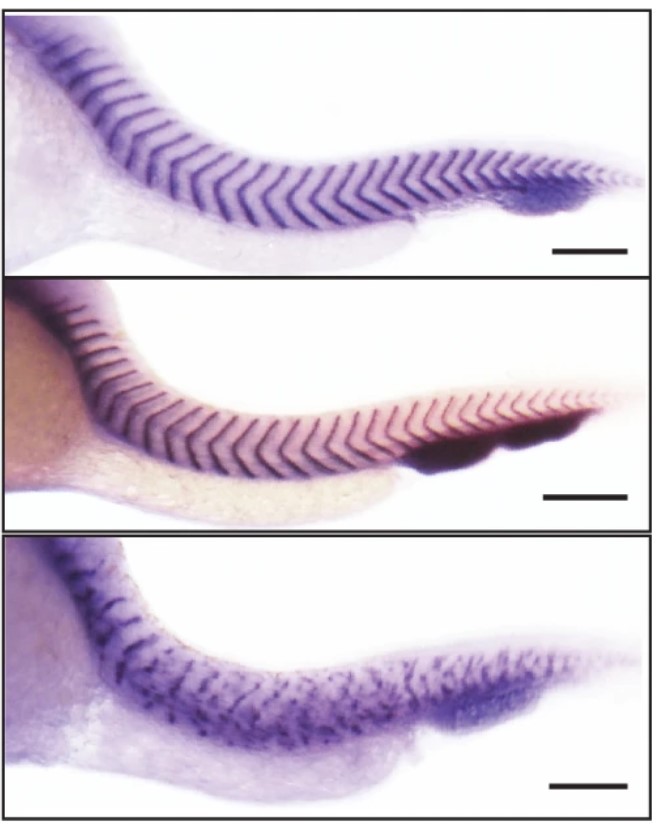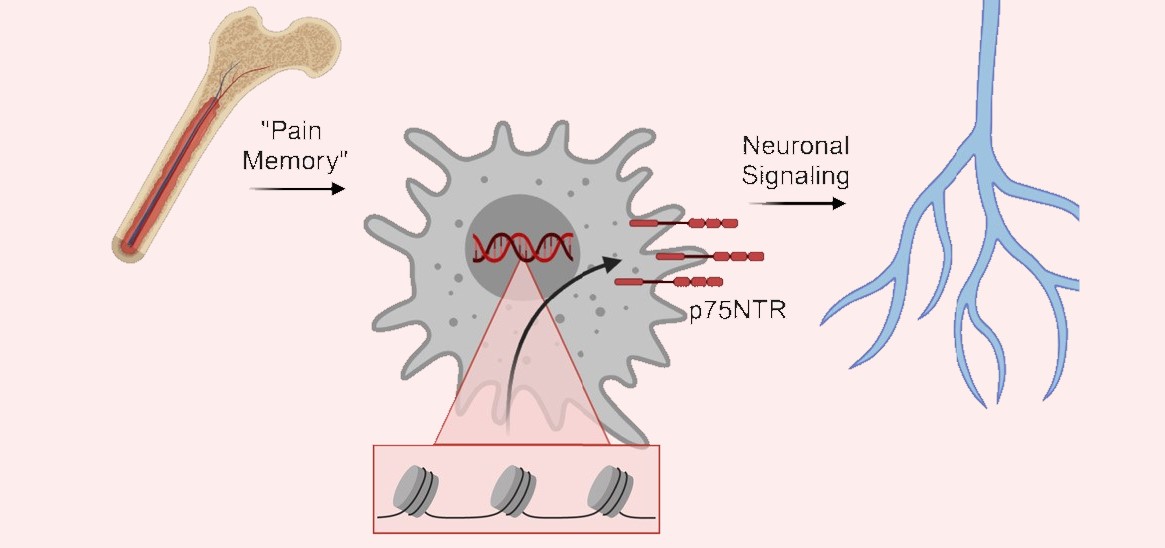Spine Development: It Takes Gene Pairs to Get it Right
Research By: Ertugrul Ozbudak, PhD
Post Date: December 23, 2020 | Publish Date: Dec. 23, 2020

For some time, scientists have known that specific genes pair up on the same chromosome to co-express in cells and tissues. But they’ve never known why this happens.
Researchers at Cincinnati Children’s did an experiment separating these pairs and learned that they play a significant role in the proper development of the spinal column. The study, led by Ertuğrul Özbudak, PhD, associate professor of Developmental Biology at Cincinnati Children’s, was published Dec. 23, 2020, in Nature.
Coexpressed gene pairs appear in varying amounts in different species. For example, humans have about 10 percent, while half of the yeast genome is made up of such pairs. In theory, upstream regulators should keep these genes co-expressed even if they appear on different chromosomes. But could there be a selective advantage for them to locate adjacent on the same chromosome?
It turns out, there is a strong advantage. Segmentation defects occur more often during embryonic development when they are not paired. In other words, this could be a reason for the development of deformities in embryos.
To make this important discovery, Özbudak and his team, Oriana Zinani and Kemal Keseroğlu, also from Cincinnati Children’s, and Ahmet Ay from Colgate University, separated two different segmentation clock genes, her1 and her7, in a zebrafish model. Segmentation clock genes control segmentation of the vertebral column. By combining single-cell transcript counting, genetic engineering, real-time imaging, and computational modeling, they showed that being adjacent on the same chromosome caused more correlated expression.
In addition, they raised the zebrafish with separated gene pairs in different temperatures to better understand the impact of environmental pressure on development. It turned out that maintaining paired genes in the genome was beneficial to development, especially when under environmental stress. In other words, when separated, this disruption in co-firing gene transcription often causes spinal issues, such as scoliosis in humans.
“We anticipate that gene pairing is similarly valuable in other systems, and that our research will inspire more investigation of gene pairing advantages,” says Özbudak. “And this advantage could enable engineering of precise synthetic clocks in embryos and organoids.”
| Original title: | Pairing of segmentation clock genes drives robust pattern formation |
| Published in: | Nature |
| Publish date: | Dec. 23, 2020 |
Research By







